Zaha Hadid Architects wins competition for a new train station in the Lithuanian capital of Vilnius
By Josh Niland|
Friday, Sep 24, 2021
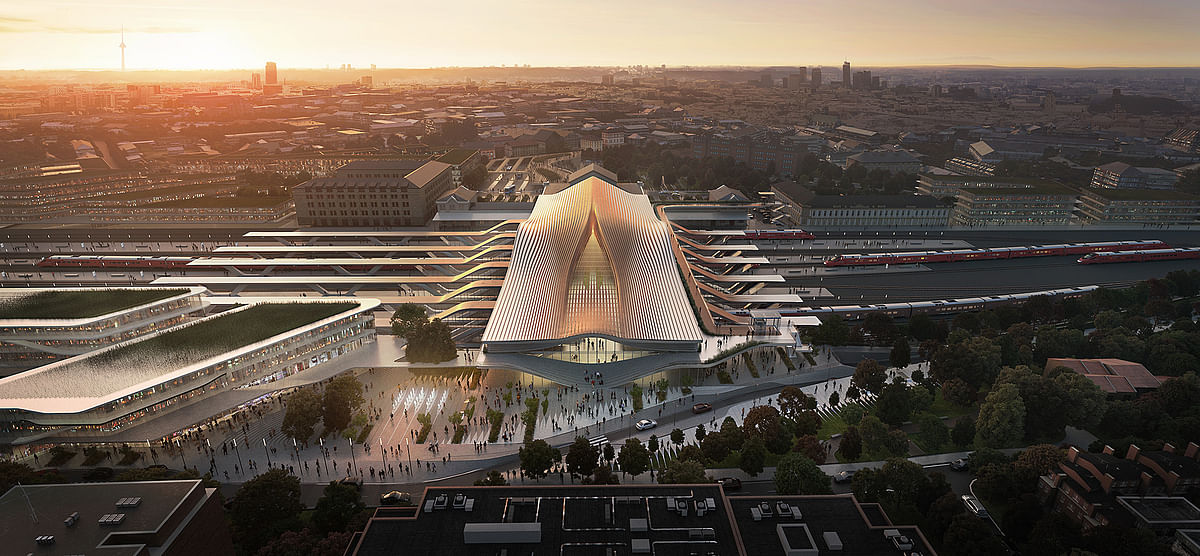
Related
Zaha Hadid Architects has been named the winner of an international competition for the renovation of a historic railway station in the Lithuanian capital of Vilnius.
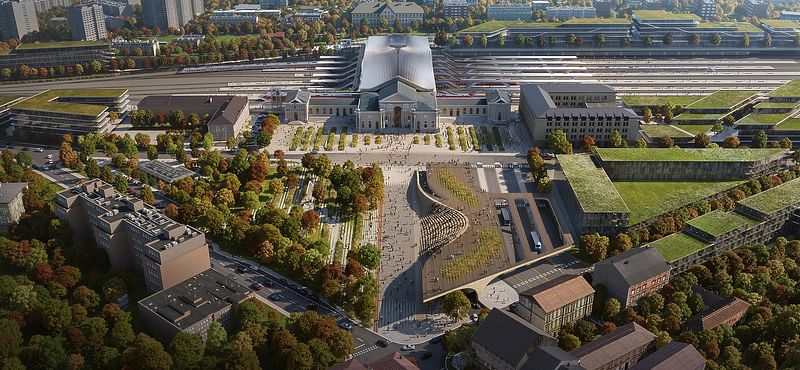
The firm’s “Green Connect” proposal would create a “future proof” transportation hub that will be integrated into the city’s 15-year master plan to create more pedestrian-friendly public spaces as one of the plan’s four prongs, which also includes stricter building standards and the incorporation of green space into the city of half a million.
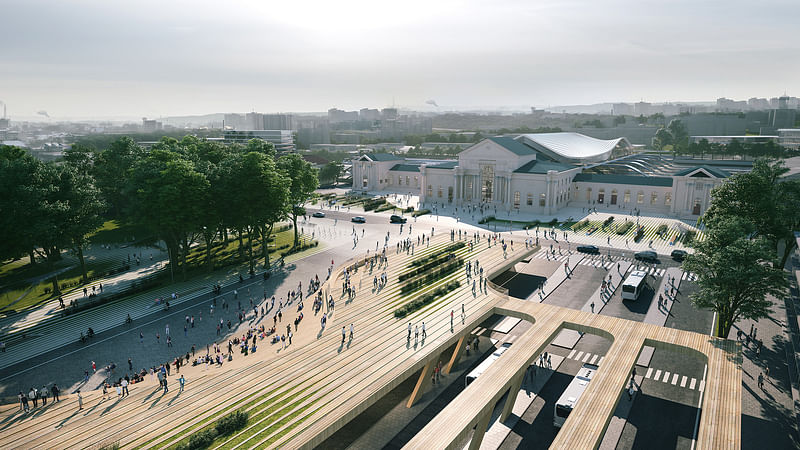
ZHA’s design for the station will include green space, underground parking, and a new concourse bridge that will unite the city’s Naujininkai district with Vilnius’ city center and oldtown neighborhoods.
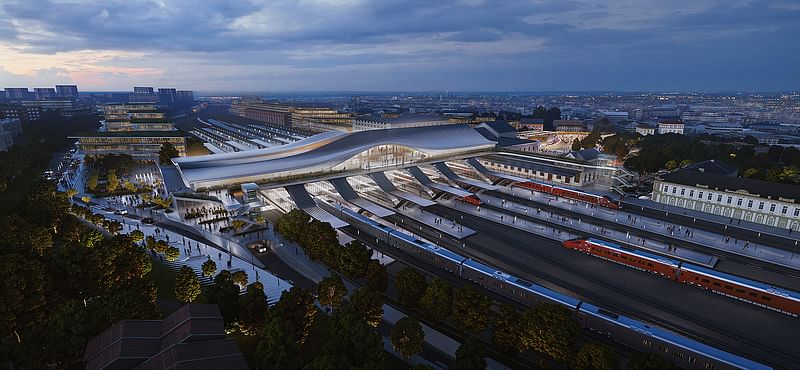
The new bridge spans 150 meters (492 feet) to cover the existing tracks at a height of 10 meters (32 feet) highlighted by a fluid-form roof structure comprised of locally sourced laminated timber that also matches the terraced landscape of the bus terminal.
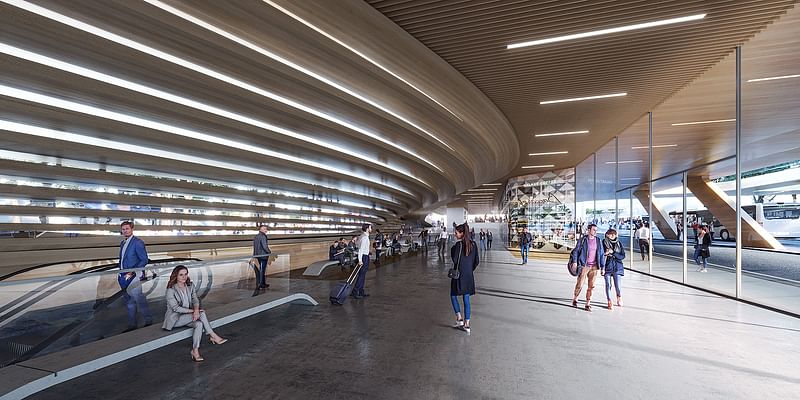
ZHA also completely reimagined the existing 9,000-square-meter (97,000-square-feet) terminal, removing temporary kiosks and office spaces that had stood for years in favor of a more open plan, which features a new bus terminal, roof terrace, and outdoor amphitheater.
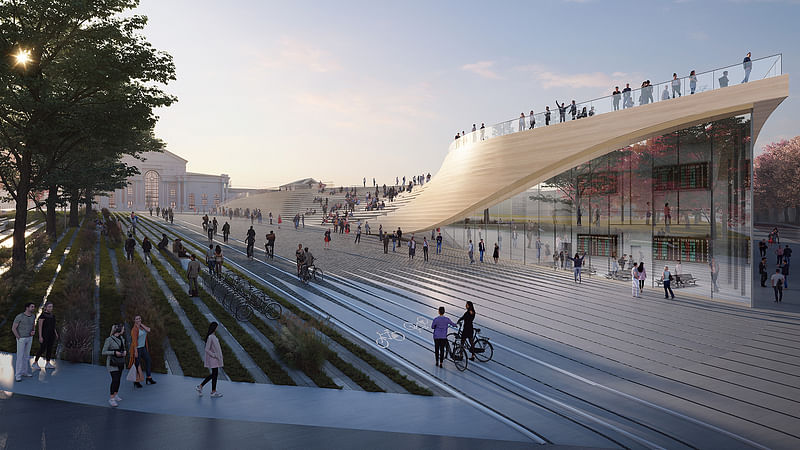
The plan will add Vilnius to a growing list of cities that view public infrastructure like train stations as an essential part of active urban life in the 21st century.

“In a modern city, the station is no longer just a building where you can buy a ticket or sit before your trip,” Mantas Bartuška, Head of Lietuvos Geležinkeliai (LTG) said in a statement. “The station and its surroundings must become a destination providing public spaces with leisure and service areas, convenient connections for pedestrians, cyclists and all those who choose to travel comfortably and sustainably by train. As a result, we are determined to open and convert the station’s formerly inaccessible industrial spaces for use by all residents.”

RELATED NEWS Zaha Hadid Architects to design Phase II of Beijing's International Exhibition Centre

RELATED NEWS Zaha Hadid Architects among competition winners for new Moscow Metro Stations



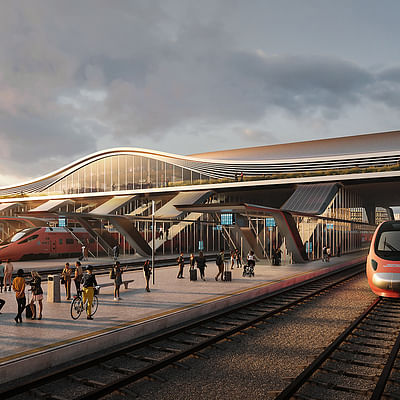

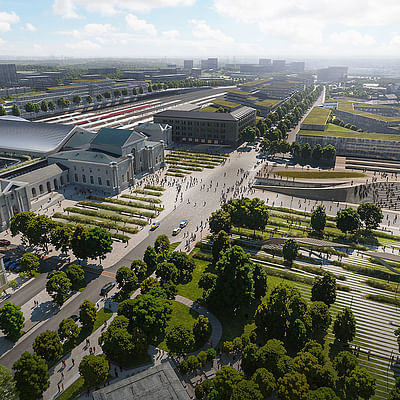

Share
0 Comments
Comment as :